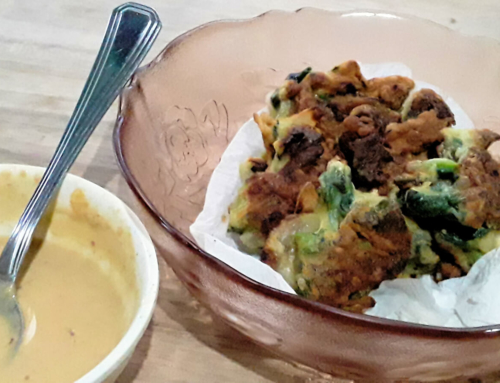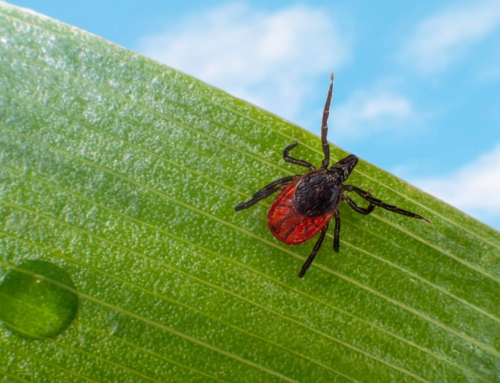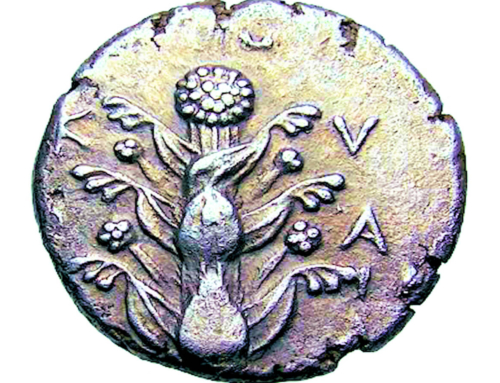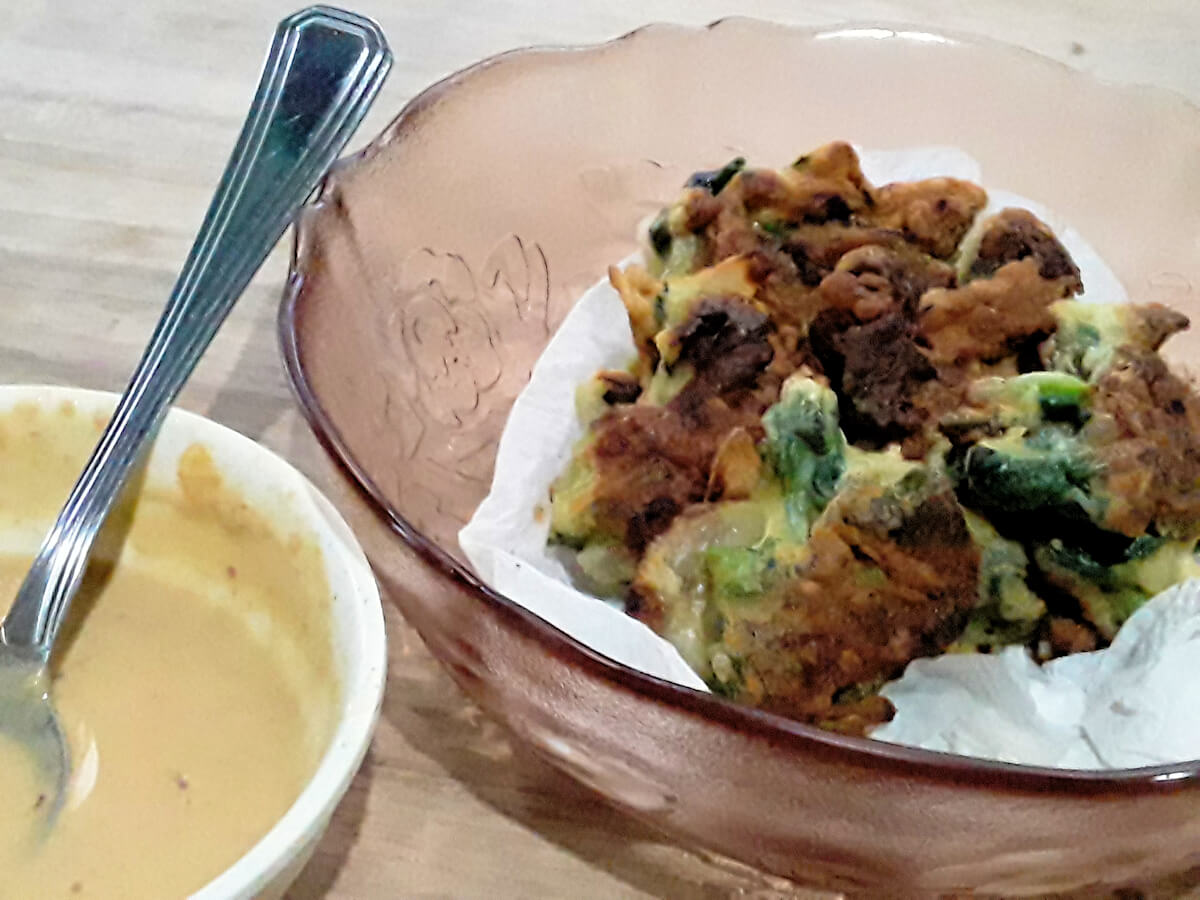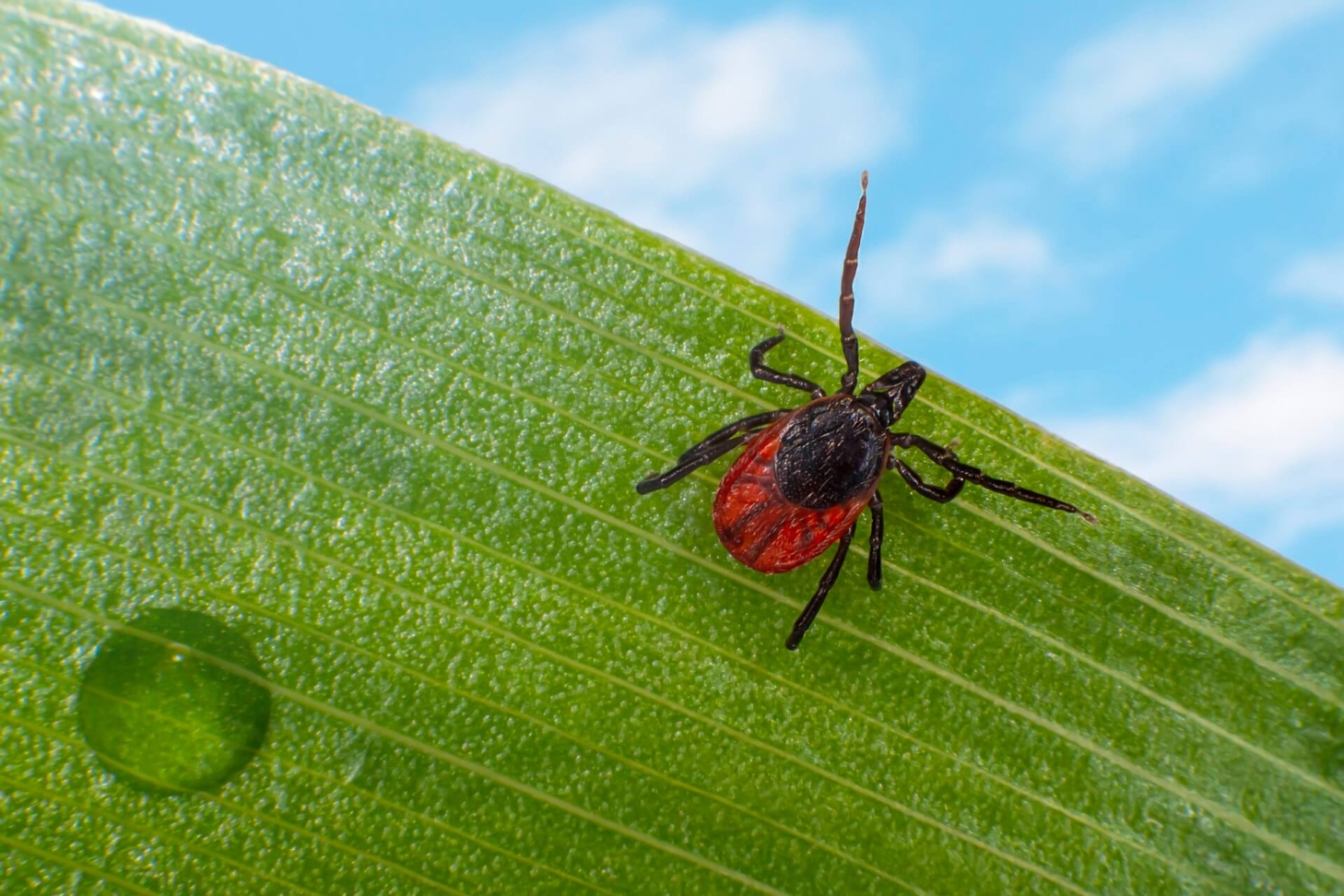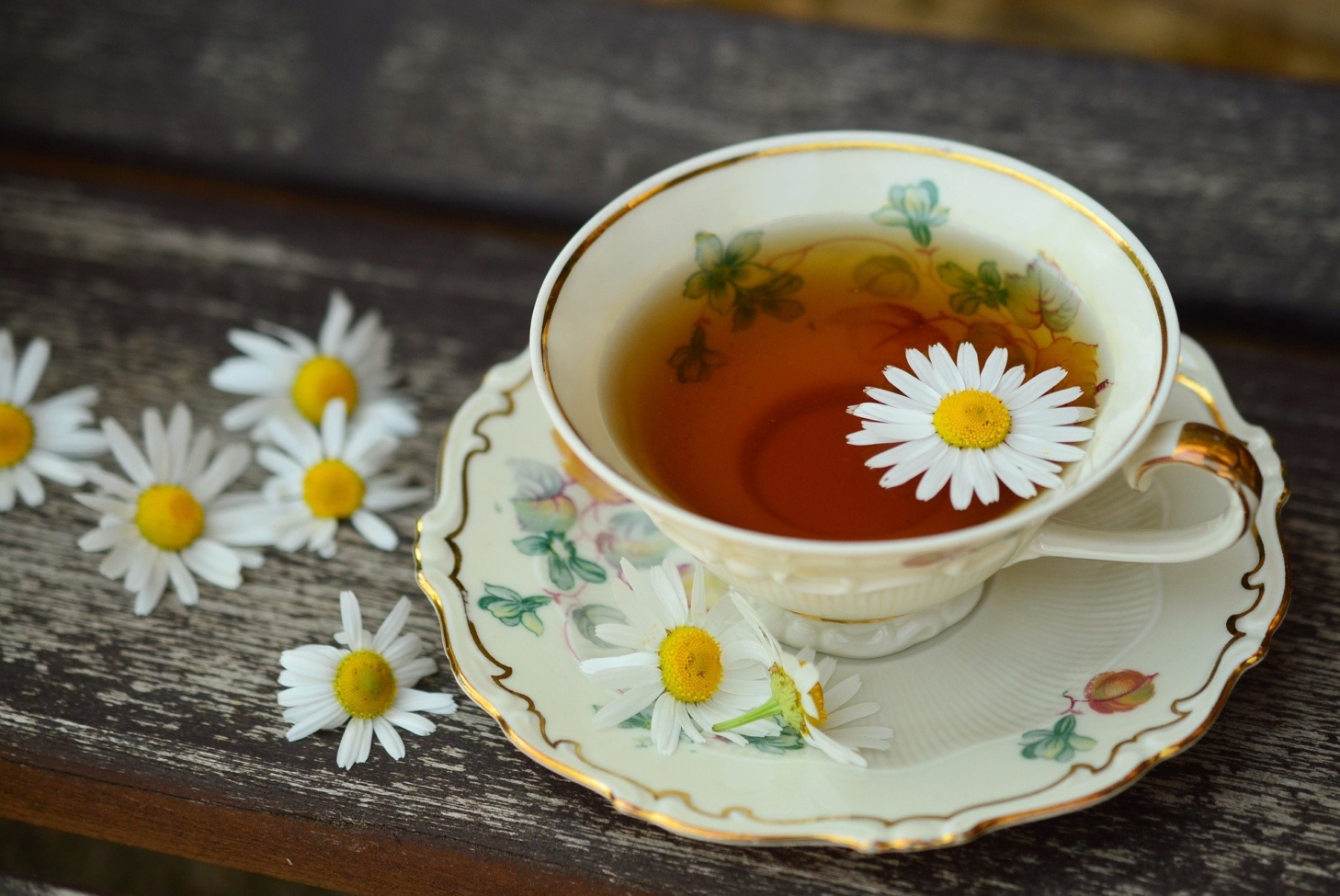Plant Allies in a Low-Carb Diet
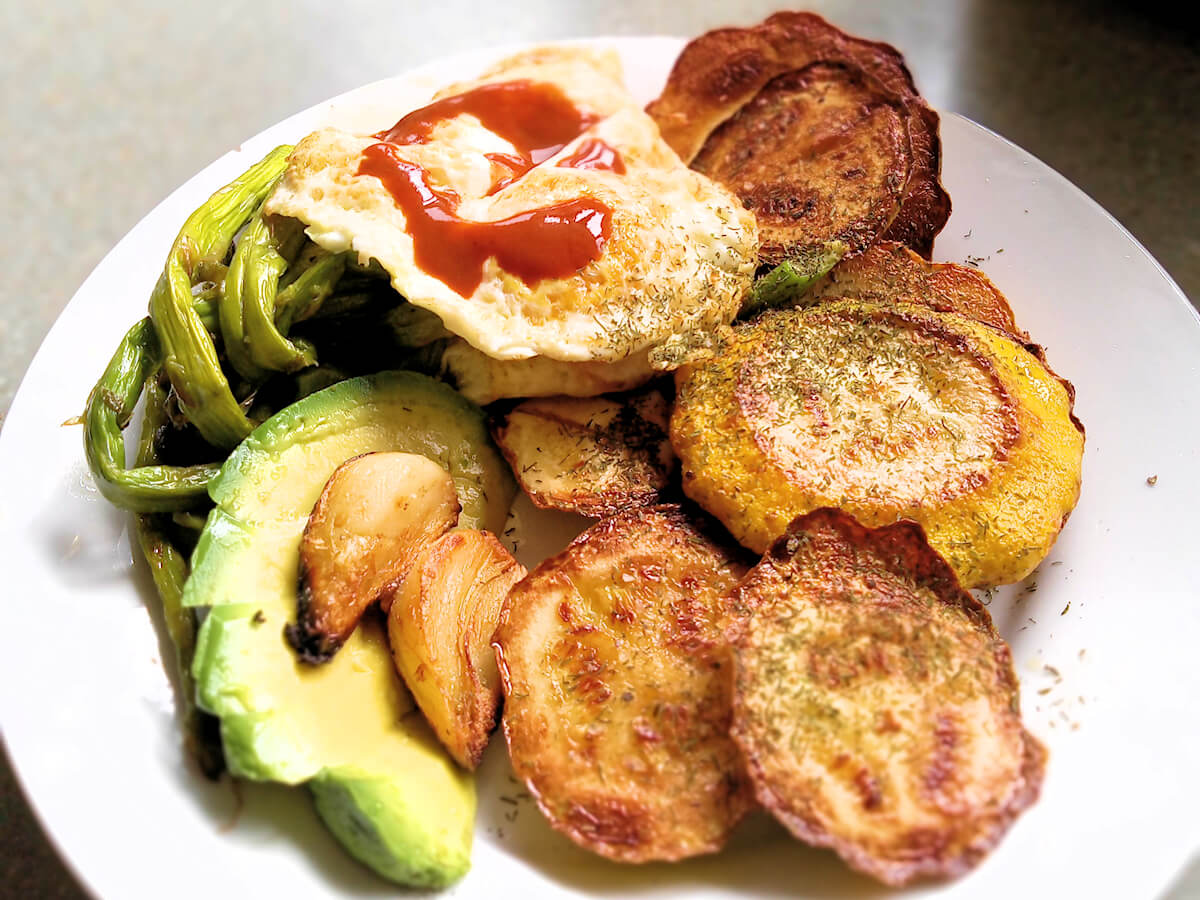
Keeping Your Meals Satisfying
As a society, we eat a lot of carbohydrates and sweets, leading to many of the most common health concerns today. Many of us wait until we are actually ill before we take the plunge into removing our favorite sugar-producing foods from our plates.
For those of us who love our carbs, this is not normally a welcome lifestyle change. Of course, it means giving up eating desserts and other sugary treats, but it also means giving up pasta, bread, beer, wine, and many other favorites. Even worse, it means reading the labels of all packaged foods to avoid the carbs that are hidden in unexpected places.
A low-carb diet should reduce the amount of foods that we eat which contain glucose, or those which become glucose when we digest them. This includes all of the foods pictured here, for example. Not just the pasta and the wine, but even the tomato sauce and the cheese on top. Most dairy contains the sugar called lactose, which is very complex for the body to digest. Combining these foods can create a sugar-spike in our bloodstream, so high-carb foods should be eaten separately, if at all.
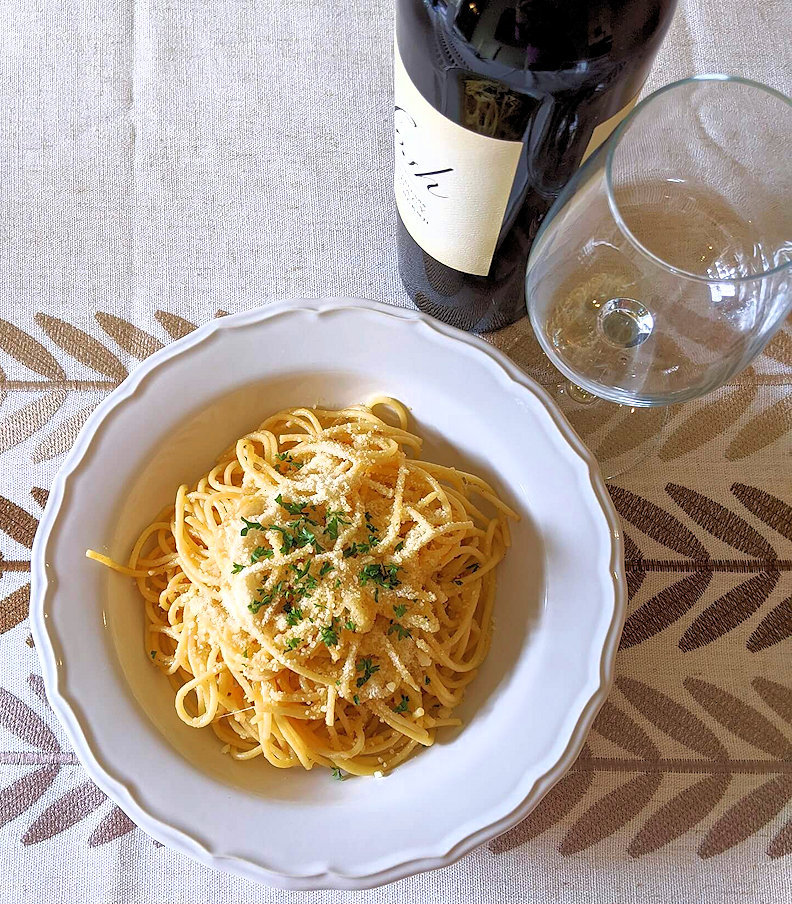
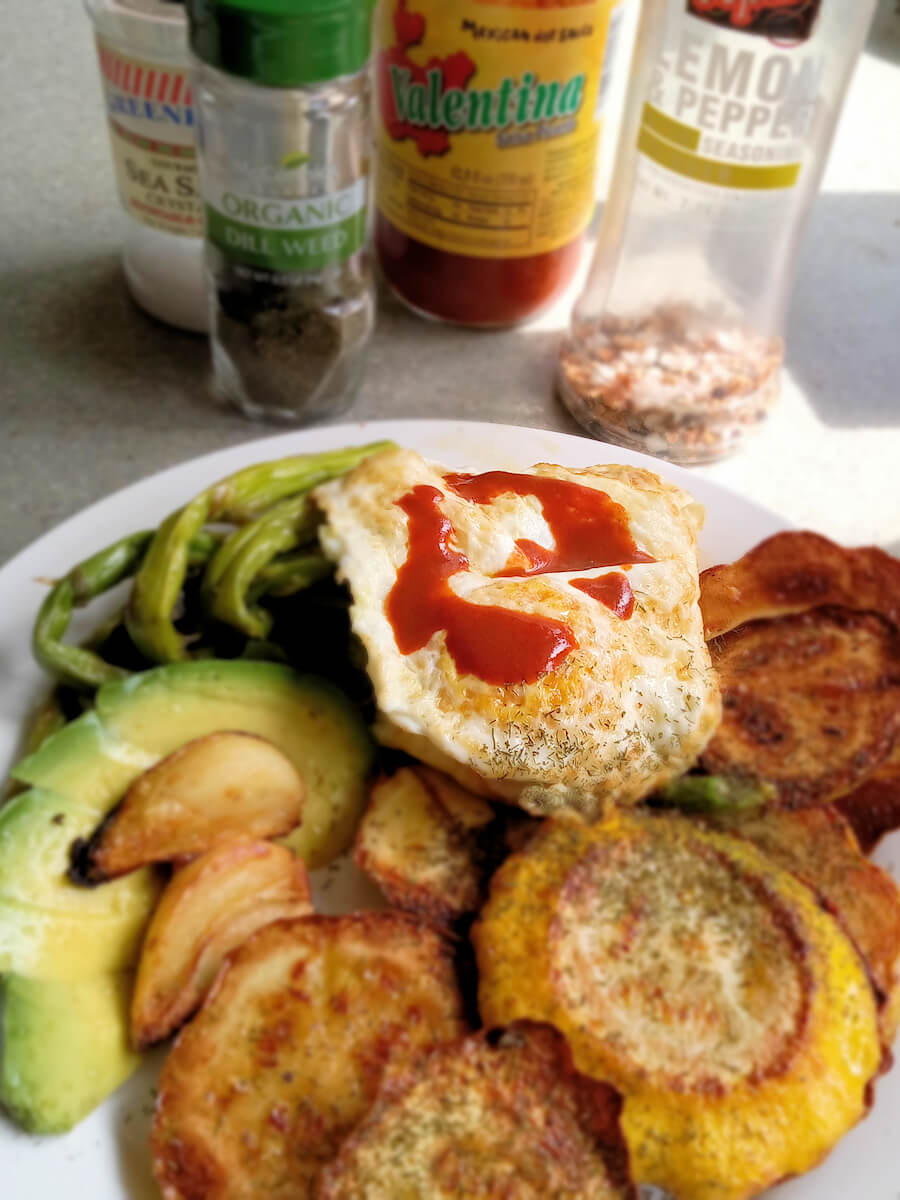
Instead of focusing on what you shouldn’t eat, find fun ingredients from nature to inspire your new diet.
+ Include healthy fats and proteins, especially plant-based ones like olive oil, seeds and avocado.
+ Choose spices and condiments that promote digestion and give the food plenty of flavor.
+ Find low-carb vegetables like squashes, cauliflower, mushrooms and beans, which create a heavier-feeling meal.
Just because you are taking the sugar out of your meals does not mean that you shouldn’t enjoy them! Try new things until you can get used to feeling satisfied without that familiar sugar rush.
Pictured above: Seasonal squash fried in avocado oil, accompanied by fried eggs, roasted garlic, a slice of avocado and some leftover broiled asparagus. Topped with salt, lemon pepper, dill and hot sauce. Delicious!

